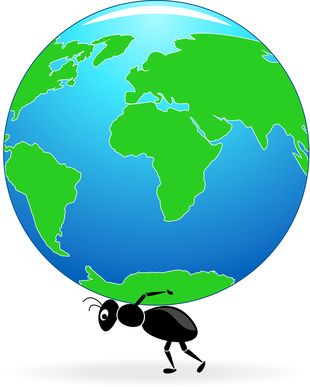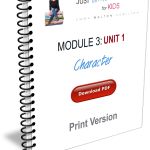
What’s His Problem? (Your hero, that is)
 When writing fiction of any kind, the main question with respect to plot is always this:
When writing fiction of any kind, the main question with respect to plot is always this:
What is the problem?
The problem, also known as the conflict, is the thing, or things, standing in the way of the hero/protagonist getting what he or she wants or needs, and as such, it sets up his or her journey. When that problem is compounded, it raises the stakes, creating tension and compelling the reader to turn the page to find out “what happens next?”
Generally speaking, literary problems/conflicts fall into one of four classic categories:
- Hero versus someone else
- Hero versus society
- Hero versus nature/natural events
- Hero versus him or herself (conscience, or inner struggle)
Sometimes these overlap, or the problem encompasses more than one category. Let’s look at some examples from a few well-known children’s books:
Don’t Let the Pigeon Drive the Bus by Mo Willems – Hero vs. someone else (the bus driver has told us not to let the pigeon drive the bus), hero vs. society (like the child reader, the pigeon is too young to drive), hero vs. himself (the pigeon is desperate to drive!)
Madeline by Ludwig Bemelman – Hero vs. nature/natural events (Madeline has a burst appendix)
Owen by Kevin Henkes – Hero vs. someone else (Mrs. Tweezers, the nosy neighbor, persuades Owen’s parents that their son is too old to have a blankie); Hero vs. society (Owen is starting school, where blankies are not allowed)
The Very Hungry Caterpillar by Erica Carle – Hero vs. himself/Hero vs. nature (no matter how much he eats, the caterpillar is still hungry)
The hero’s problem can be circumstantial, or it can be informed by character. Ideally, it’s both. The pigeon is desperate to drive the bus (character) but he’s too young (circumstantial). Madeline’s appendix bursts (circumstantial) but how she, her fellow students and Miss Clavell handle the problem is informed by character. Owen’s neighbor, parents and school want him to give up his blankie (circumstantial) but he is unswayed in his devotion (character). The caterpillar’s appetite is never satisfied because he is a caterpillar (character) and has only so much time before he has to cocoon and transform into a butterfly (circumstantial).
So… what’s your hero’s problem?




